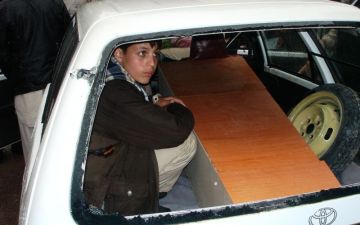In 2008, there were over 2,100 civilians casualties across Afghanistan. US airstrikes accounted for 552 deaths, up more than 70% compared to the year before. Militants were responsible for more than half the overall total. The bitter truth is that most of these incidents could be avoided. And yet they continue as public support for the Afghan government and its international supporters sinks to new lows.
Although some attention has accompanied the mounting casualties, media coverage has seldom explored the long-term effects of these traumas on Afghan communities: How have insurgents tried to exploit local grievances? Have more young men joined their ranks, looking for revenge? Have affected communities turned against the government, irrevocably? Or, when insurgents are responsible, shifted toward the government? A survey of major incidents that have taken place in the past year will lay the groundwork for a case study of a locality where innocent civilians have recently been killed. By returning to the scene in the following weeks to measure the fallout, this project aims to illustrate the cost when bystanders become war victims.
